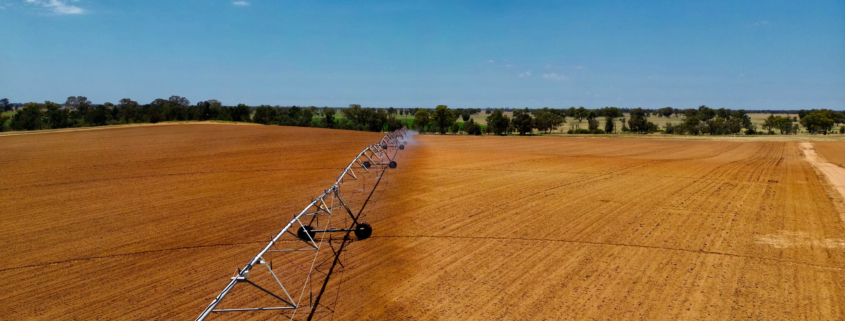Texas water scarcity has become a growing concern in recent years, as rising populations, prolonged droughts, and shifting climate patterns put increasing pressure on the state’s water supply. From urban centers like Dallas and Austin to agricultural hubs in the Rio Grande Valley and West Texas, communities across the Lone Star State are searching for long-term, sustainable solutions to protect this essential resource.
What’s Causing Water Scarcity in Texas?
- Population Growth: Texas is one of the fastest-growing states in the U.S., putting immense pressure on existing water systems.
- Prolonged Drought: Many parts of the state experience recurring droughts, especially in West Texas and the Hill Country.
- Declining Aquifers: Overreliance on underground aquifers such as the Ogallala and Edwards aquifers has led to significant depletion.
- Aging Infrastructure: Water loss from leaks, outdated delivery systems, and under-maintained reservoirs reduces supply even further.
How Water Scarcity Affects Texas Communities
Agriculture
Municipalities
Industry
What Are the Solutions to Texas Water Scarcity?
1. Desalination Systems
Desalination is gaining traction as a powerful tool to combat Texas water scarcity. By converting brackish groundwater or seawater into potable water, systems like those offered by ADVANCEES can supplement limited freshwater supplies.
- Brackish Water Reverse Osmosis (BWRO) Systems
- Seawater Reverse Osmosis (SWRO) Systems
- Containerized & Solar-Powered RO Units for remote or off-grid applications
These solutions are scalable for agricultural, municipal, or industrial use.
2. Water Reuse & Reclamation
3. Efficient Irrigation Technologies
4. Leak Detection & Infrastructure Upgrades
How ADVANCEES Supports Long-Term Water Sustainability
- Cities and municipalities in drought-prone areas
- Agricultural operations facing well-water salinity
- Industrial plants seeking water recycling or alternative sourcing



